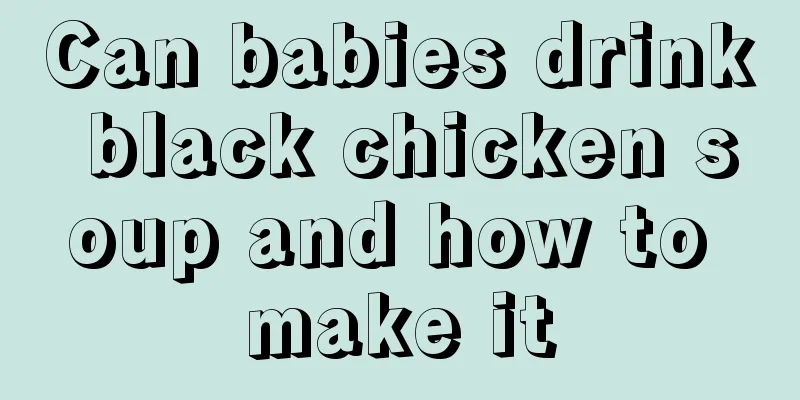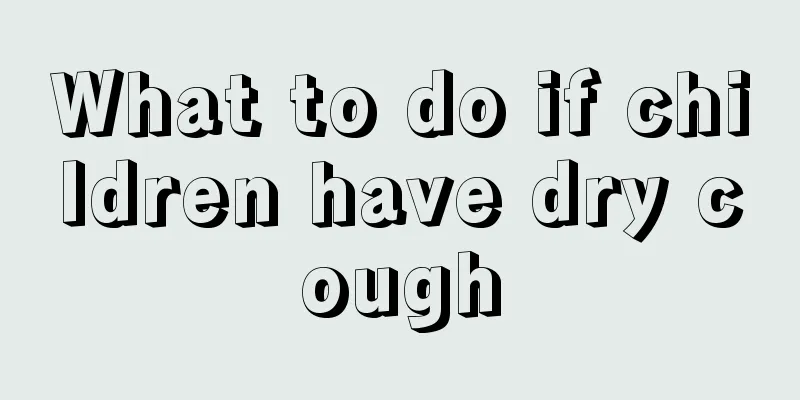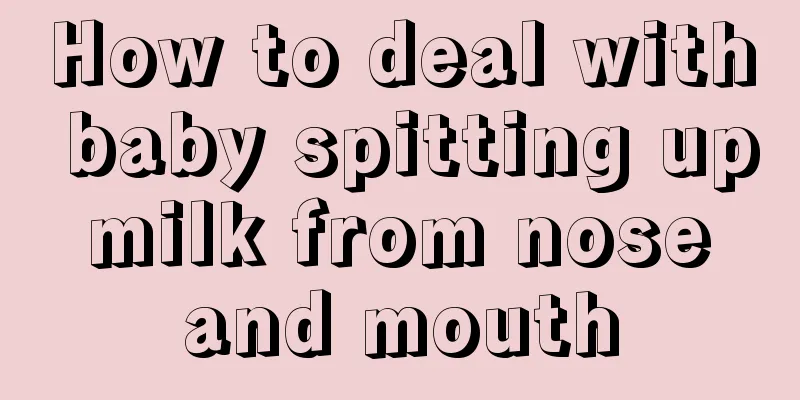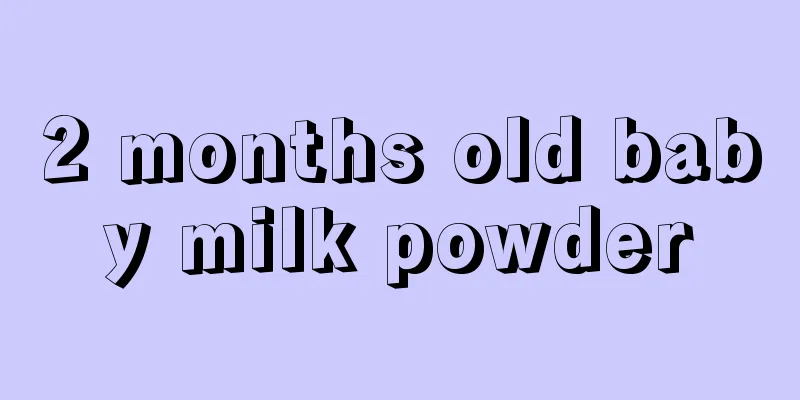Baby development standard at 80 days
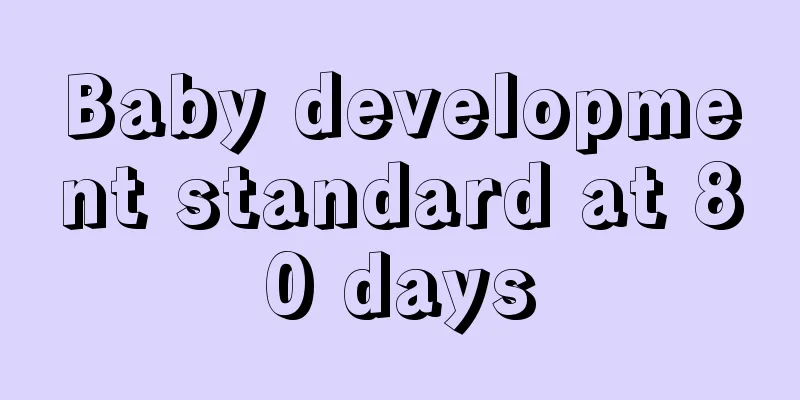
|
After the baby is born, the standards of physical development are different at different stages. Usually before six months old, the baby's physical development standards vary greatly every month. If parents understand the baby's development standards, they can accurately judge the baby's physical condition. For example, an eighty-day-old baby is usually a little more than two months old. The physical changes in the baby during this period are very different from those when the baby is just born. Baby development standard at 80 days Boys: height 63.9-78.9cm; weight 6.46-12.60kg; head circumference 41.0-48.9cm. Baby girl: height 62.5-77.3cm; weight 6.13-11.80kg; head circumference 40.1-47.7cm. What symptoms will the baby show at 2 months Fingers: The fingers can open and close by themselves, can be played with in front of the chest, and can suck the thumb. Lower limbs: The baby's lower limb motor development begins at 2 months, when the baby is in the prone position and can kick alternately. Small movements: looking at the little hands; passive grasping of the hands; grasping; persisting in "walking"; practicing. Big movements: lift head; practice turning head; born with the ability to crawl. Movements: During this month, many of your baby's body movements are still reflexive, for example, every time he turns his head, he adopts a defensive position. Vision: At this point, the child still cannot see objects clearly beyond 30 cm, but can pay attention to objects within 30 cm. Hearing: Babies like human voices, and their mother’s voice is their favorite. Language: Imitates facial movements; makes funny sounds and can say “ah, ah, ah, ah” to himself and make vowels. Social: This month, your child will spend more time each day observing the people around him and listening to their conversations. The baby will also have some preference for the relatives who take care of the baby. The person who takes good care of the baby for a long time will be particularly close to the baby. Emotion: When your baby is in a good mood, make a variety of facial expressions to him so that he can gradually learn to imitate facial movements or smiles. Cognition: visual concentration; audio-visual orientation; smell and taste training. By the end of around 2 months, due to the increase in visual and auditory connections, which have a common ability to distinguish, the baby will show a preference for a certain picture and happily gaze at his favorite poster. Independence: Babies at this stage have already started sucking their fingers. Parents should stop them immediately, but analyze the reasons and provide guidance. 2-month-old baby's cognitive development Hearing and Pronunciation: Just as children are naturally more attracted to human faces than to other patterns, they also prefer human voices. He likes his mother's voice best because he associates it with warmth, food, and comfort. Generally speaking, babies prefer high-pitched female voices. At one month old, he can recognize his mother's voice even if she is in the other room, and he feels safe, comfortable and happy when she talks to him. Babies will also have expressions in response to familiar music. Some music can make babies happy and move their limbs, such as kicking their legs and moving their upper limbs. Babies at this time prefer to listen to their parents singing, especially the movements of their parents when they sing along. During the second month, you will hear your child repeat certain vowel sounds (ah, ah, or oh, oh) especially if you keep talking to him using clear, simple words and sentences. Vision: At this time, the child still cannot see clearly objects more than 30 cm away, but pays close attention to anything within 30 cm. He can look at objects and stare at them as if trying to grasp them with his eyes. Has trouble tracking objects, and if you quickly shake a ball or toy in front of him he will seem to stare, and as you shake your head back and forth he will lose focus on your eyes. They are aware of their surroundings and will look towards sounds and moving objects. They prefer people to objects and quietly stare at human faces or voices. I like looking at colorful pictures and prefer three-dimensional images of people to two-dimensional graphics. Emotional and Social Development: During this month, your child will spend more time each day observing the people around him and listening to what they say. He understood that they would feed him, please him, comfort him and make him comfortable. He felt comforted when he saw people around him smiling, and he seemed to know instinctively that he would smile too. And his grin or grimace will become a genuine expression of pleasure and friendliness. They begin to show emotions such as sadness, excitement, and joy. You can calm yourself down by sucking. When your baby is in a good mood, make a variety of facial expressions to him so that he can gradually learn to imitate facial movements or smiles. Be sensitive to your baby's initial emotional experiences and try to deal with your baby with care and patience. |
>>: 56-day-old baby development standard
Recommend
Treatment of intestinal hernia in boys
In life, many little boys suffer from hernia. Its...
What is the normal vision of a 4-year-old child?
The vision of a 14-year-old child is the same as ...
Treatment of hip synovitis in children
We all know that every child is lively and emotio...
What to eat to treat childhood obesity
Parents who have children with obesity must be ex...
Can children drink buckwheat tea?
The free tea in some restaurants in Sichuan is bu...
A three-year-old cannot walk
Children will slowly learn to walk as they grow u...
How to supplement zinc deficiency in children
Zinc is very important for children. If the body ...
What to do if your three and a half year old baby has toothache
When an adult has a toothache, they feel like the...
Why does my baby have cold feet when he has a fever? Let you know the real situation
When the baby has a high fever, parents should pa...
Why are the newborn's legs shaking?
It is quite common for newborns to have trembling...
What to do if children have poor resistance
What should we do if children have poor resistanc...
At what age do children start to lose their teeth?
Everyone knows that children will experience toot...
Symptoms and treatment of cerebral palsy in children
Cerebral palsy is a very common disease, often oc...
What to do if your 6-month-old baby is allergic to egg yolk
Babies have relatively poor resistance, and many ...
Can a five-year-old child recover from myopia?
Maybe everyone knows this when they pick up their...



